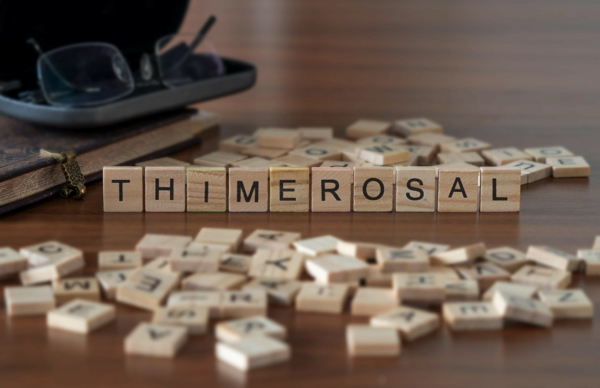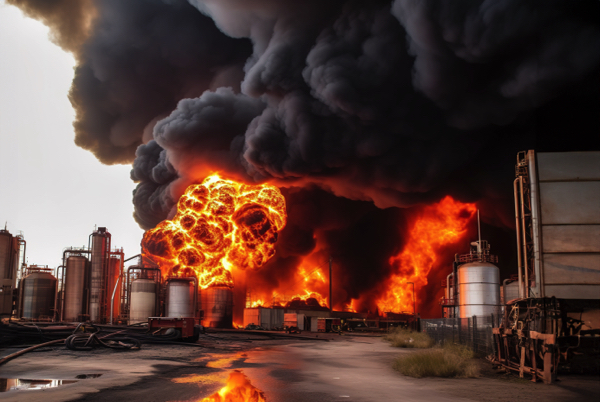
The moon affecting sea levels will play a role in the increased flooding
The study authors noted two important factors that will play a role in more frequent floods come the 2030s – sea level rise and the moon's orbital cycle. They cited figures by the NOAA that said global average sea levels had risen about 21 to 24 centimeters since 1880. About a third of the increases happened in the last 25 years. The authors also mentioned the Moon's contribution to tide levels through its gravitational pull. However, they remarked that the power of its pull is inconsistent from year to year. This is because of a regular "wobble" in the Moon's orbit that takes 18.6 years to complete. While the wobble was first reported in 1728, the study pointed out its effects on the Moon's gravitational pull – subsequently affecting sea levels. The Earth's regular daily tides are suppressed in half of this cycle – with high tides becoming lower and low tides becoming higher. Meanwhile, the other half of the cycle amplifies tides – resulting in high tides becoming higher and low tides becoming lower. With global sea level rises pushing tides in one direction, the Moon's 18.6-year cycle either counteracts or exacerbates this effect. Currently, the Moon is in the tide-amplifying cycle. The study authors warned that higher sea levels, amplified by the lunar cycle, will cause more flooding. They pointed out that both the East and West Coasts, Hawaii and Guam will experience more intense high tide floods. Only Alaska and other far northern coastlines will be spared for another decade or longer due to long-term geological processes, they added. Study co-author Ben Hamlington of the National Aeronautics and Space Administration (NASA) noted that the findings of their research are a vital resource for coastal urban planners. The scientist at NASA's Jet Propulsion Laboratory said: "From a planning perspective, it's important to know when we'll see an increase. Understanding that all your events are clustered in a particular month, or you might have more severe flooding in the second half of a year than the first – that's useful information." NASA Administrator Bill Nelson remarked: "Low-lying areas near sea level are increasingly at risk and suffering due to the increased flooding, and it will only get worse. The combination of the Moon's gravitational pull [and] rising sea levels … will continue to exacerbate coastal flooding on our coastlines and across the world." Thus, the study by Thompson, Hamlington and their colleagues concluded that planning for these floods should begin at the soonest. Climate.news has more articles about how celestial bodies such as the Moon play a role in flooding. Sources include: LiveScience.com TidesAndCurrents.NOAA.gov Nature.com NASA.govResearchers discover what may be the largest land drawings ever made
By Virgilio Marin // Share
GREAT NEWS: Natural immunity to coronavirus is comprehensive and DURABLE – study
By Lance D Johnson // Share
World’s largest floating solar farm to be built in Indonesia
By Arsenio Toledo // Share
By Divina Ramirez // Share
15 Items you should have in your emergency bag
By Divina Ramirez // Share
Keep your mind sharp as you age with lutein-rich superfoods
By Skye Anderson // Share
A decade-long fight: Scientist's memoir alleges Pfizer cover-up of lab infection
By willowt // Share
China's rare earth DOMINANCE threatens U.S. prosperity
By ljdevon // Share
RFK Jr. demands global ban on mercury in vaccines, citing "inexcusable" double standard
By jacobthomas // Share
Ukraine launches long-range drone strike on major Russian oil refinery in Volgograd
By patricklewis // Share










